
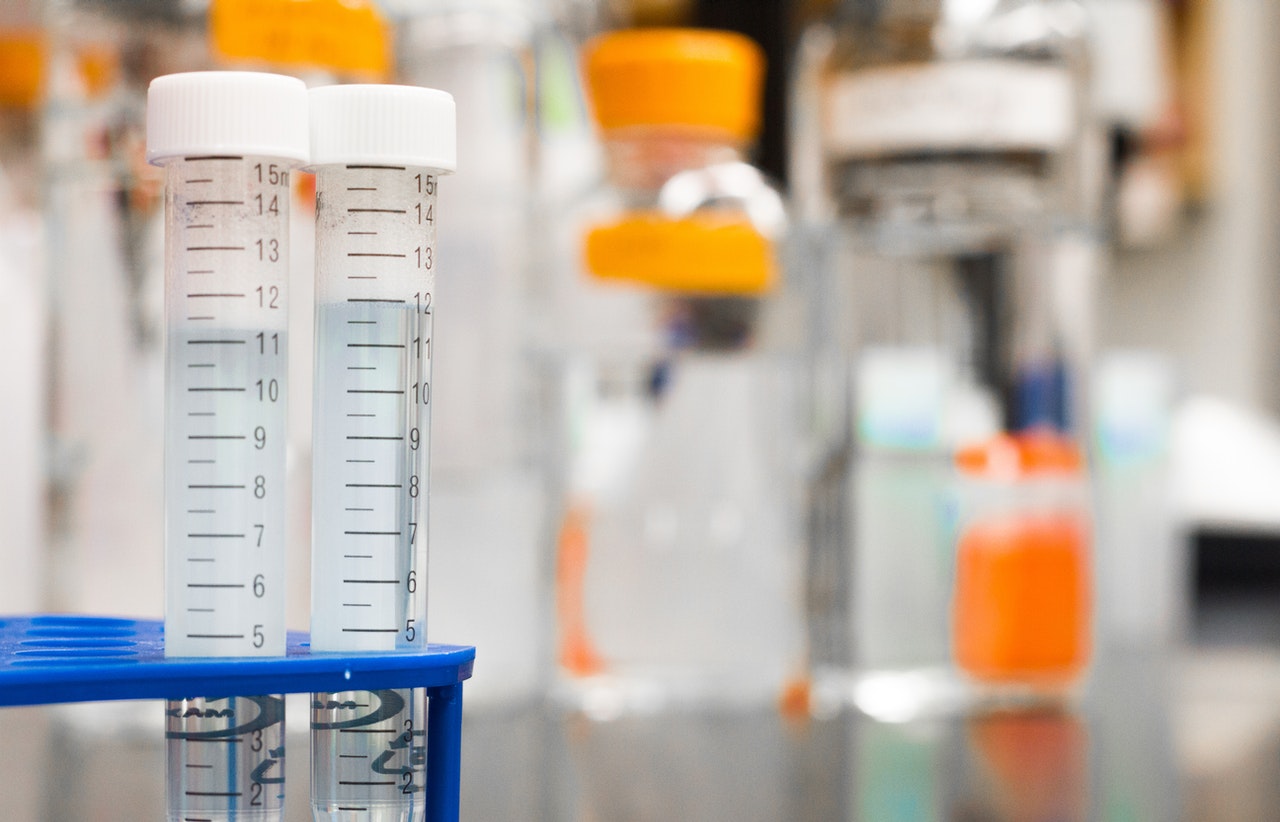
Achieving sustainability has become one of the key aspects of the construction industry in recent years. Thus, developing green construction material has a key role to play especially to minimize the carbon footprint. Concrete is the most commonly used construction material with a rapidly increasing demand over the years. Unfortunately, the main compound of concrete, cement whose production process is one of the largest contributors towards the global CO2 emission. Through decades of extensive research, using alternative cementitious materials to replace cement in concrete was found to be an effective and efficient way of minimizing cement production, thereby reducing the CO2 emission. Among several materials including blast furnace slag, silica fume, hydrated lime etc., fly ash was one of the most viable alternatives because of its abundant availability. Thus, the development of High-volume fly ash (HVFA) concrete, in which more than 50% of cement was replaced with fly ash in concrete was introduced. The reason for the viability of HVFA concrete was not just the availability of fly ash, but it also showed improved workability/permeability, low drying shrinkage and improved durability properties against aggressive solution including sulphates/acids/chlorides. On the downside, HVFA concrete had lower early age strength properties because of the low reactivity of fly ash. Incorporating material additions such as hydrated lime, silica fume and nanomaterial including nano-silica/nano calcium carbonate was found to be effective in enhancing the early age properties of HVFA concrete.
RMIT University researchers are developed HVFA nano-composite upto 80% of Portland cement replacement. Long term performance of this novel concrete is currently being assessing through detailed laboratory experimental program. In addition, simulating hydration behaviour of HVFA binder is also investigating in collaboration with Hokkaido University, Japan. Viability of HVFA concrete in actual field applications will be investigated using scaled-up concrete elements for structural performance and durability.


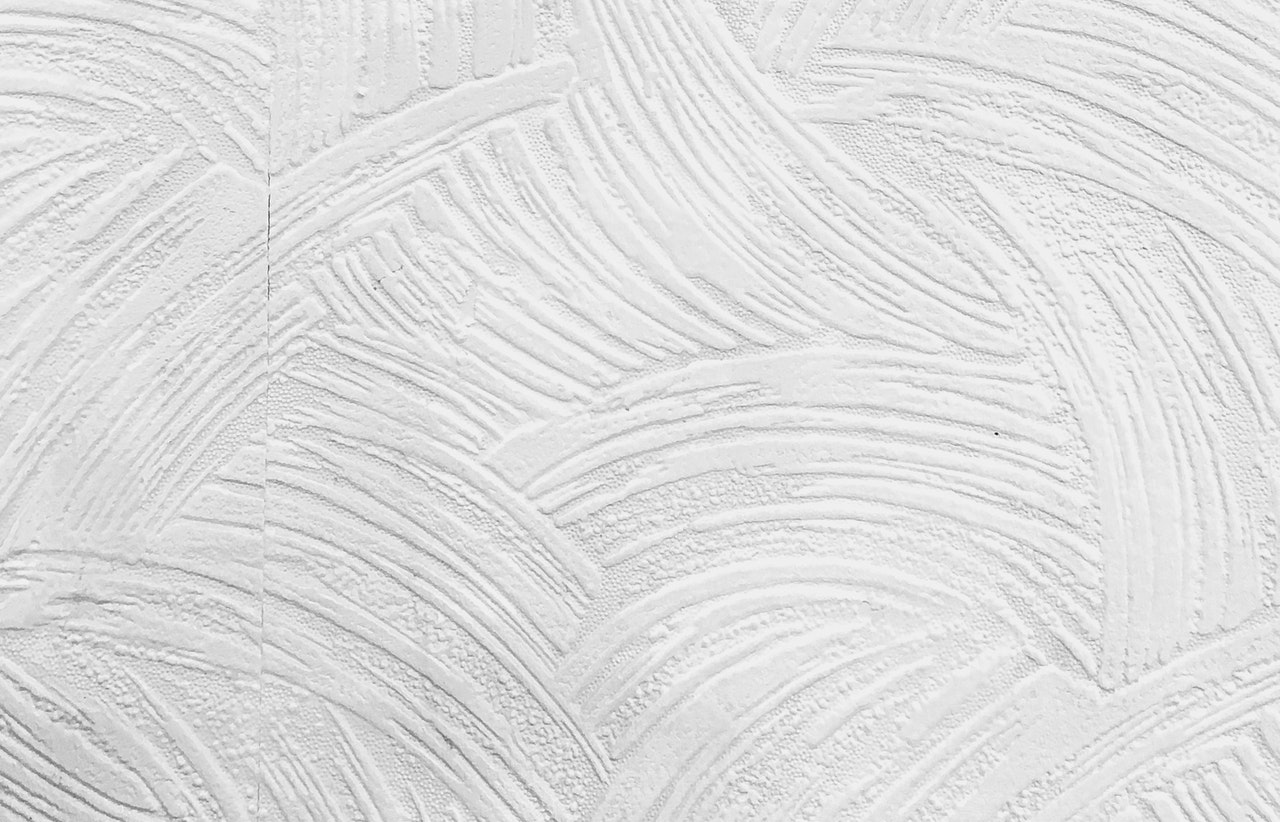
Textile waste is currently becoming serious issues due to the consequences of fast fashion and throw-away culture. Australia is ranked as the world’s second-largest nation for textile consumption, with each individual purchasing average of 27 kilograms of textile-based products per annum, being twice the global consumption average. Estimated dispose of textile-related items per Australian is roughly 23 kilograms – 85% of purchased garments and household textile, with two-thirds of discarded items being made of synthetic fibres which are derived from petroleum sources. Each year, it was estimated that more than 500,000 tonnes of textile-based products with exceeding 85% of post-consumer textile products end up in a landfill. That is less than 15% is currently being recycling! This problem could greatly impact on the environment and health issues. Utilizing textile waste in concrete could create a new way of recycling textile waste, while it could enhance concrete properties. The use of waste textile could also bring benefits to the economy and construction fields towards the trend of sustainable development
Textile fibres are categorised into two groups which are man-made and synthetic fibres. Usually, synthetic fibres are more likely to be used as reinforcement for concrete due to its higher properties and durability in the alkaline environment compared to natural fibres. To recycle textile waste, there are many techniques and processes ranging from mechanical, chemical to thermal recycling methods. The mechanical process tends to be the most used method due to cost-effectiveness and ease of use.
There are many pieces of research that showed the good performance of incorporation of virgin textile fibre in concrete. However, only little studies focused on the use of recycled textile fibres in concrete. RMIT research team investigates the effect of waste recycled textile used such as fibres and reinforcements in concrete.



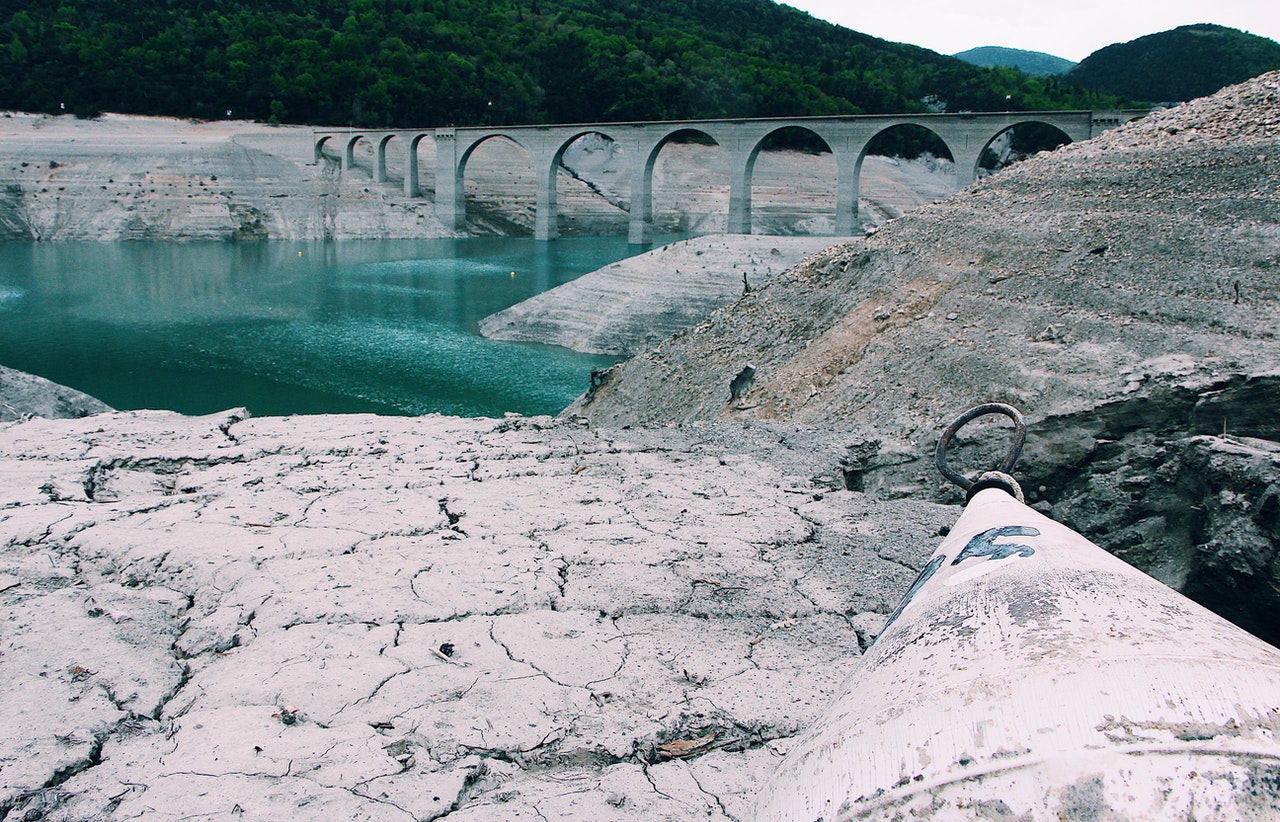
Development and environment nowadays are considered as two interconnected sectors. However, the sustainability of both sectors has to be considered to ensure human progress does not exhaust the resources of future generations. Increasing in development sector inevitably boost demand in the industrial sector that ultimately impact the environment.
The building industry is responsible as one of the main contributors for global extractions which leads to various damages such as contamination of soil, water, and air by emissions from building materials during the production, processing, maintenance, demolition. One of the primary cause of environmental disturbance by the construction industry is the use of un-environmentally friendly materials.
There has been much ongoing research for alternative green construction materials all around the globe, including utilizing fly ash as a primary component in developing concrete materials, fly ash-based geopolymer concrete is one of them. Fly ash is the finely divided residue resulting from the combustion of ground or powdered coal, which is transported from the firebox through the boiler by flue gases (ASTM C618). Utilizing fly ash will minimize waste of coal combustion significantly and reduce the negative impact on the environment.
Geopolymer concrete can be considered as an alternative eco-friendly innovative material to Portland cement concrete. The previous studies in fly ash-based geopolymer concrete reported this material shows excellent resistance in aggressive marine and acidic environment. However, research on the long-term mechanical properties and durability of fly ash-based geopolymer concrete is still limited.
RMIT researchers are currently focusing on these issues! Source fly ash is obtained from Indonesia, as one of the largest coal exporters in the world. The long-term durability of concrete will be investigated, exposed to harsh environments including marine, sulphate and acid & peat acidic environments.




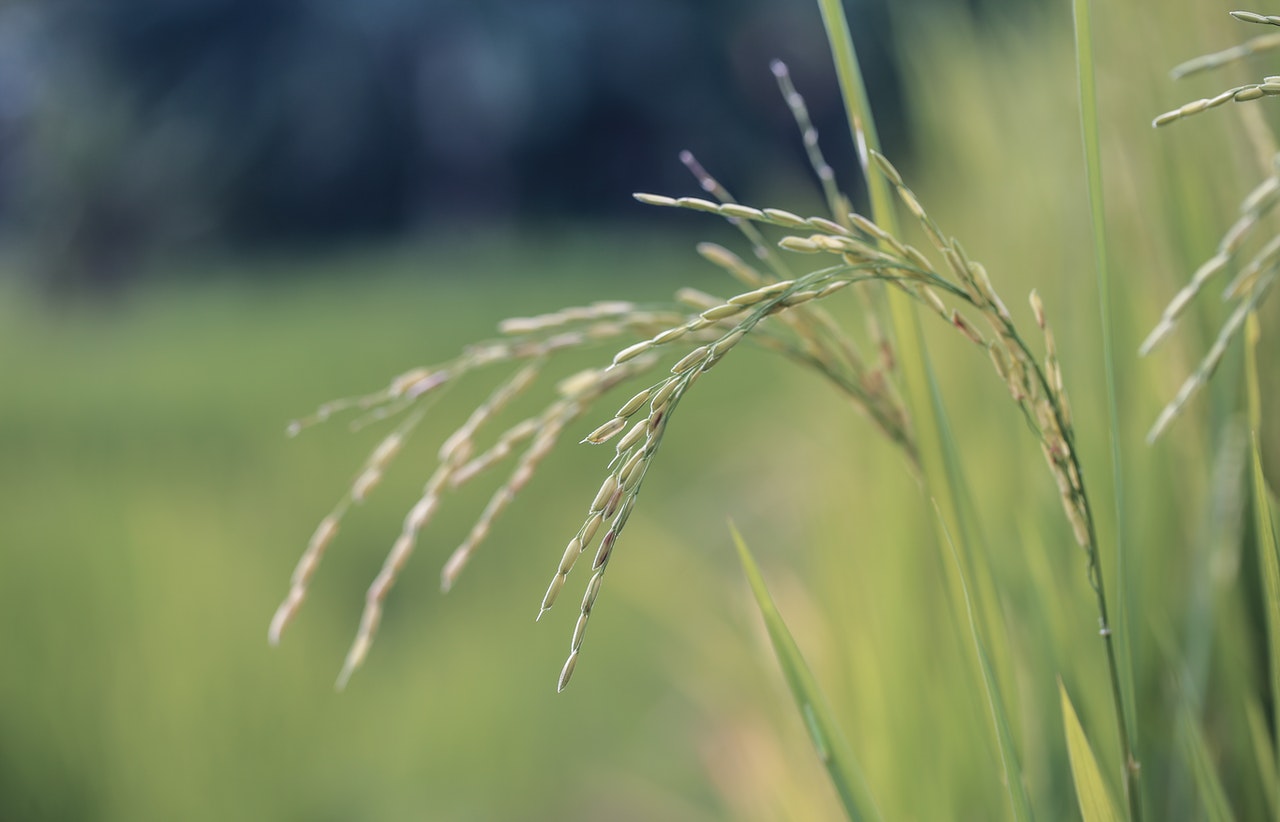
Manufacturing Portland cement (PC) releases significant quantities of greenhouse gases into the atmosphere as it is responsible for about 5-8 % global CO2 emissions accounting for around 2.2 billion tonnes of CO2 emission per year. It has been reported that 0.73-0.85 tonnes of CO2 is released from the production of every single tonne of PC production. Emission of heavy metals such as Cadmium (Cd), Chromium (Cr), Copper (Cu), Lead (Pb) and Zinc (Zn) and generation of a significant amount of fine particulates and dust are another significant issues related to cement production which is toxic for living beings.
In order to overcome the issues related to PC, one of the most promising alternatives is the use of alkali-activated binders, which was first studied in the 1940s. Alkali activated binders have attracted significant interest due to their early compressive strength, low permeability, improved chemical resistance and excellent fire behaviour when compared with PC binders. Reaction products made through the alkali activation process are different from PC, depending on the type of source material used. In other words, alkali-activated binders can be referred to as a sustainable construction binder produced by a polymerization reaction between a source material that is rich in alumina and silica and an alkaline liquid.
Development of alkali-activated binders using industrial by-products such as fly ash and agricultural waste products such as rice husk ash (RHA) has become a promising research area. An estimated 780 million tonnes of fly ash are produced every year, but less than 50% of global production is utilized. Rice husk, an agricultural residue, is used either as a fuel in a boiler in the rice mill to produce steam in the parboiling process or used in small electricity generation plants and other applications. The rice husk produced is converted to ash during the burning process and it is known as RHA. Annually, about 120 million tonnes of RHA is produced globally, posing a lot of environmental issues by disposing it directly to the environment. RHA has no commercial use at present and it is most often dumped into landfills and rivers by creating severe environmental pollution. RHA contains a high amount of reactive silica content (90-95 wt%) with residual carbon as the main impurity. The fineness of the RHA influences the reactivity by yielding a larger surface area. By using finer grounded RHA as a blended material for concrete, the water absorption can be reduced by filling finer pores in the pore structure of concrete. The degree of crystallization of the amorphous silica and the organic content in RHA mainly depends upon the temperature of the burning of RHA, exposure time, oxygen availability during burning and the method of RHA production, including the combustion procedure.
RMIT Researchers are currently developing this sustainable alkali-activated RHA concrete blended with abundantly available industrial waste such as fly ash and slag!





Landfill leachate management is one of the major concerns when it comes to solid waste management through landfilling or open dumping. Leachate is generated due to percolation of rainwater through degrading waste and moisture content of waste matter. This liquid consists of dissolved organic matter, inorganic macro compounds, heavy metals and xenobiotic organic compounds. In recent studies, leachate has been identified to be a main secondary source of emerging contaminants including poly and perfluoroalkyl substances. In order to eliminate the environmental impacts and to satisfy regulatory requirements of leachate discharge, leachate should be managed properly. Treatment of landfill leachate is the most used method of leachate management. Different treatment technologies have been utilized to treat leachate and membrane bioreactor has proven to perform well in leachate treatment. The capability of removing emerging contaminants from landfill leachate using an enhanced membrane bioreactor is required to study. Therefore this research aims to investigate the enhancements on membrane bioreactor to treat leachate, targeting the removal of emerging contaminants.
The scope of this RMIT research project consists of characterizing leachate, identifying emerging contaminants including poly and perfluoroalkyl substances (PFASs) and treating leachate from landfills of Sri Lanka. Initially, landfills in Sri Lanka are identified and leachate from them is characterized in terms of organic pollutants, nutrients, heavy metals and emerging contaminants. In the first phase of the research, the performance of a membrane bioreactor in treating landfill leachate is assessed. Under this, the reactor is used as an aerobic activated sludge process with submerged membrane separation unit and as anaerobic, anoxic and aerobic activated sludge system with submerged membrane separation unit are tested in two steps. Performance of the treatment system in terms of removal of organic contaminant, nutrients and heavy metals will be assessed and treatment system is optimized. In the second phase, the performance of the system for removing emerging contaminants from landfill leachate will be assessed and the system will be modified to cater to the removal of emerging contaminants effectively. Use of powdered activated carbon and the use of tertiary treatment of leachate using advanced membrane filtration technique will be studied to identify the combination with the highest efficiency to remove emerging contaminants from landfill leachate.




The Australian road network is a multibillion-dollar asset covering about 800,000 km of which two-thirds are unsealed. Annually $6 billion is spent on construction and maintenance of roads, of this $1.5 billion is spent on unsealed roads. Unsealed roads are faced with significant issues including; dust control, road washouts, safety concerns, vehicle damage and moisture degradation. The drive for economic and sustainable solutions has led to the use of novel additives such as enzymes in pavements.
Enzymes stabilizers are a concentrated liquid derived from naturally occurring organic materials. Soil stabilization with enzymes has been successfully applied to pavements producing durable and dust-free roads. However, little research is available on the reaction mechanism and its durability, in order to assess this, microscopic and nanoscience have driven analytical techniques and mechanical tests were conducted. The results indicate densification as a possible stabilization mechanism, emphasising an improved strength across moistures and reduced permeability. As a result, this provides a cost-effective road construction solution.
Currently, further research is investigating incorporating other additives with enzymes to provide greater strength improvements.





Concrete is the most widely used construction material in the world. It is primarily produced using Portland cement as a binder in the ratio of about 10-15% by mass of the resulting concrete. Portland cement production raises environmental concerns over the emission of carbon dioxide. It has been estimated that cement production contributes to approximately 5-7% of the current carbon dioxide emission globally.
This has led to the adoption of waste materials including grounded granulated blast furnace slag and fly ash as better alternatives to the Portland cement due to their ability to improve the chemical, physical, and mechanical attributes of concretes and to reduce the environmental impact. Recent research works have indicated that it is possible to manufacture geopolymer concretes based only on waste materials employing an alkaline activator without using Portland cement. A major upside of geopolymer concrete is that a reduction of about 26-45% carbon emission and Portland cement replacement are realized without major economic impact.
In the process of geopolymerization, silica and alumina species in fly ash react with the alkaline activator solution producing a 3-D polymeric chain and a ring structure. The final geopolymer product is sodium-aluminosilicate gel. It is the composition of this gel that dictates the attributes of low calcium fly ash geopolymer concrete. In alkali-activated slag concrete, on the other hand, calcium silicate hydrate gel is the principal product of the geopolymerization process. This is identical to the principle binder of the Portland cement as well as that of blended cement concretes.
In order for both alkali-activated slag and fly ash geopolymer concretes to work as proper construction materials, it is necessary for both to maintain their performance over the service life of a structure. Chamila Gunasekara, David Law and Sujeeva Setunge at RMIT University in Australia in collaboration with Arie Wardhono at the State University of Surabaya in Indonesia undertook an experimental research program with the aim of investigating an array of mechanical as well as durability characteristics of alkali-activated sag and fly ash geopolymer concretes up to 540 days. The authors assessed flexural and splitting tensile strength, elastic modulus, compressive strength, water permeability and water absorption. Their research work is published in the journal, Construction and Building Materials.
The authors observed that the compressive strengths of fly ash geopolymer and alkali activated slag concrete was in the range of 22-33 MPa and 39-40MPa from 28 to 540 days, respectively. They also observed 48% and 2% increases in compressive strength in the two concrete, respectively during the assessment period.
In addition flyash geopolymer concrete demonstrated approximately a 53% flexural strength increase between 28 and 540 days, as opposed to an approximate 13% decrease for the case of alkali-activated slag. The fly ash geopolymer concrete also achieved twofold splitting tensile strength evolution while alkali-activated slag concrete remained constant.
Alkali activated slag concrete exhibited high elastic modulus than the fly ash geopolymer concrete in the first 3 months. However, the value of the elastic modulus dropped drastically with time and recorded a 43% drop from 28 to 540 days. On the contrary, fly ash geopolymer concrete showed about a 98% increase in elastic modulus in the same period.
Finally fly ash geopolymer concrete had a high water permeability index compared to the alkali-activated slag concrete in the first 3 months. Furthermore, the index reduced considerably with age, unlike the slag concrete.
References
Arie Wardhono, Chamila Gunasekara, David W. Law, Sujeeva Setunge. Comparison of long-term performance between alkali activated slag and fly ash geopolymer concretes. Construction and Building Materials, volume 143 (2017), pages 272–279.
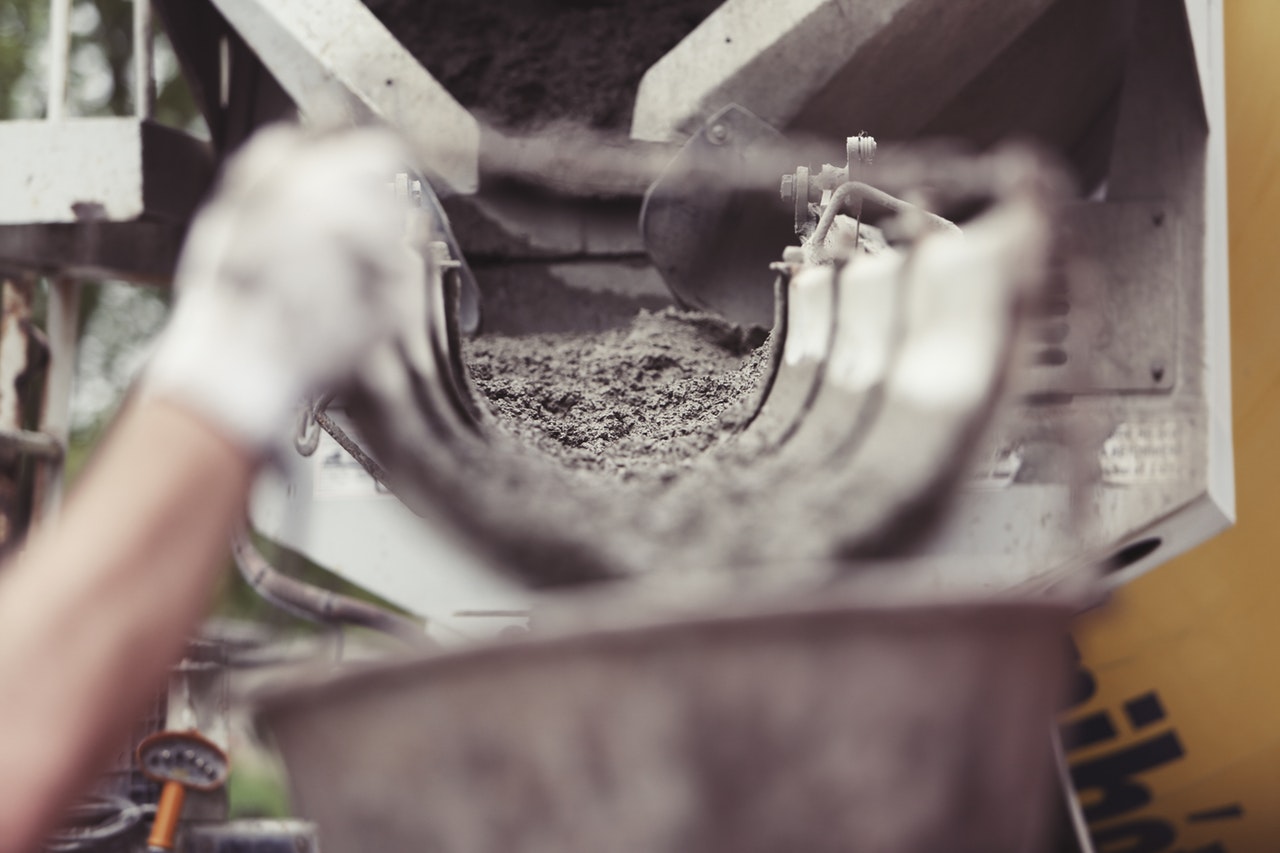
In recent years as society has embraced environmental sustainability and moved towards a carbon neutral footprint, there has been increased attention on the adaption of renewable resources within the construction industry. The production of Portland Cement has a significant impact on the CO2 emissions as it has been reported that for every 1 tonne of cement produced approx. 0.7 tonnes of CO2 is released into the atmosphere. The emissions contribute to the total from the construction industry and are estimated to represent between 5-7% of CO2 emission worldwide. The emphasis on decreasing environmental pollution associated with cement production has brought attention to alkali-activated materials as a sustainable alternative material, which can reduce CO2 emissions.
High volume fly ash (HVFA) concrete is a potentially sustainable alternative. HVFA is defined as having at least 50% of the cement replaced with fly ash. However, due to a slower pozzolanic reaction rate in fly ash, HVFA concrete generally has a low compressive strength at an early age. In order to address this issue, RMIT University and Melbourne University have been undertaking a research program investigating how to increase the quantity of Fly Ash that can be used to replace the Portland Cement. This has resulted in the successful development of concrete with both a 65% and 80% replacement of Portland Cement with Fly Ash.
Further research is currently being undertaken on incorporating nano-materials such as nano-silica, nano-alumina and nano-calcium carbonate to enhance the properties of the concrete, in particular, the early age strength development, as well as the mechanical and durability properties, including large scale structural testing. The research is employing advanced analytical techniques including isothermal calorimetry, thermogravimetric analysis, X-ray diffraction, Fourier transform infrared spectroscopy, Nuclear magnetic resonance and Scanning electron microscopy techniques.
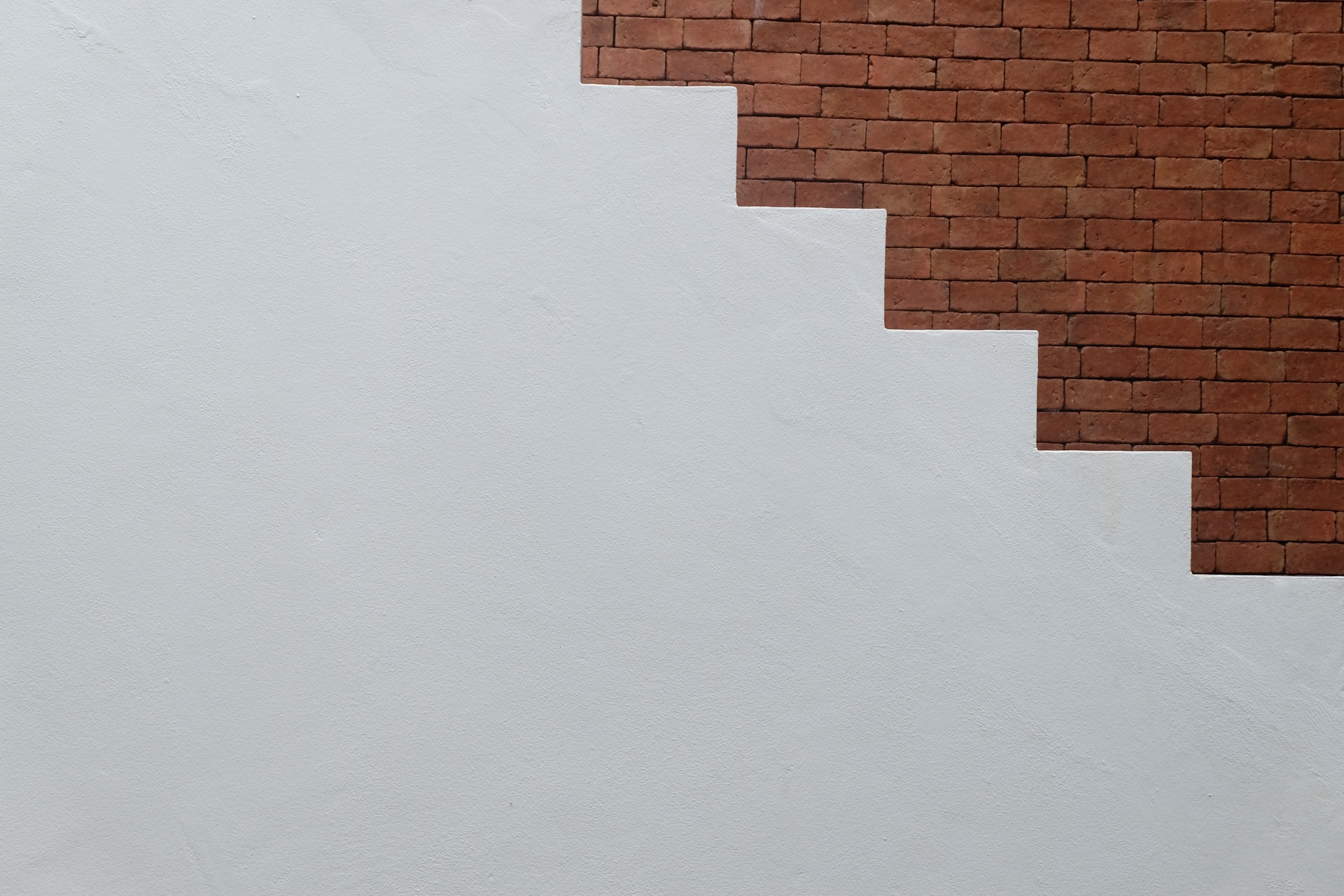
Biosolids are a by-product of the wastewater treatment process that can be used as fertiliser, in land rehabilitation or as a construction material. Around 30% of the world’s biosolids are stockpiled or sent to landfill, using up valuable land and potentially emitting greenhouse gases, creating an environmental challenge.
Now a team at RMIT University in Melbourne, Australia, has demonstrated that fired-clay bricks incorporating biosolids could be a sustainable solution for both the wastewater treatment and brickmaking industries.
As well as being cheaper to produce, the biosolids bricks also had a lower thermal conductivity, transferring less heat to potentially give buildings higher environmental performance.
The EU produces over 9 million tonnes of biosolids a year, while the United States produces about 7.1 million tonnes. In Australia, 327,000 tonnes of biosolids are produced annually. The study found there was a significant opportunity to create a new beneficial reuse market – bricks. About 5 million tonnes of the biosolids produced in Australia, New Zealand, the EU, US and Canada currently go to landfill or stockpiles each year. Using a minimum 15% biosolids content in 15% of bricks produced could use up these 5 million tonnes.
Lead investigator Associate Professor Abbas Mohajerani said the research sought to tackle two environmental issues – the stockpiles of biosolids and the excavation of soil required for brick production. He further said that more than 3 billion cubic meters of clay soil are dug up each year for the global brickmaking industry, to produce about 1.5 trillion bricks.
Using biosolids in bricks could be the solution to these big environmental challenges. It’s a practical and sustainable proposal for recycling the biosolids currently stockpiled or going to landfill around the globe.
The research examined the physical, chemical and mechanical properties of fired-clay bricks incorporating different proportions of biosolids, from 10 to 25%. The biosolid-enhanced bricks passed compressive strength tests and analysis demonstrated heavy metals are largely trapped within the brick. Biosolids can have significantly different chemical characteristics, so the researchers recommend further testing before large-scale production.
The biosolids bricks are more porous than standard bricks, giving them lower thermal conductivity.
The research also showed brick firing energy demand was cut by up to 48.6% for bricks incorporating 25% biosolids. This is due to the organic content of the biosolids and could considerably reduce the carbon footprint of brick manufacturing companies.
The results of a comparative Life Cycle Assessment and an emissions study conducted as part of the research confirmed biosolids bricks offered a sustainable alternative approach to addressing the environmental impacts of biosolids management and brick manufacturing.